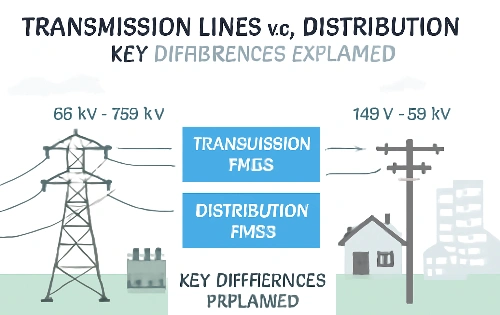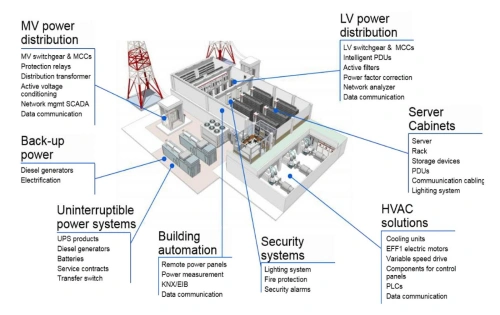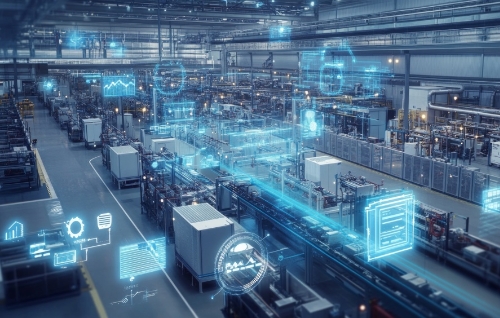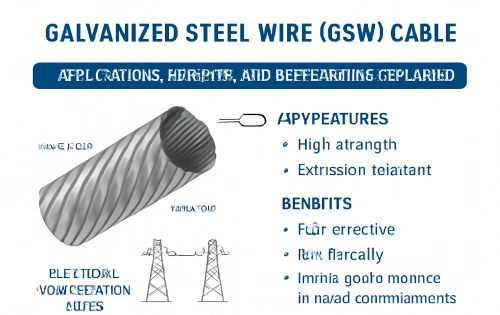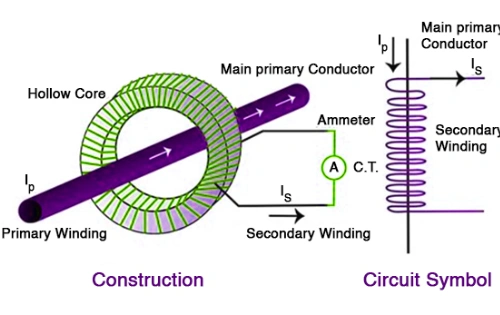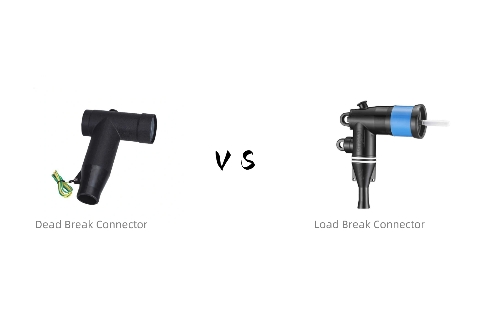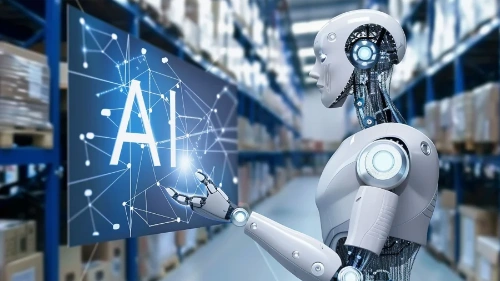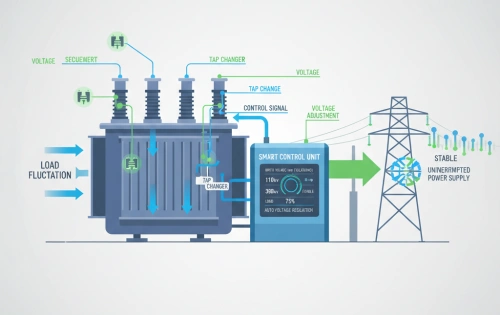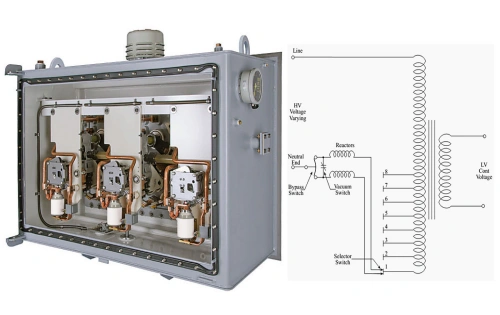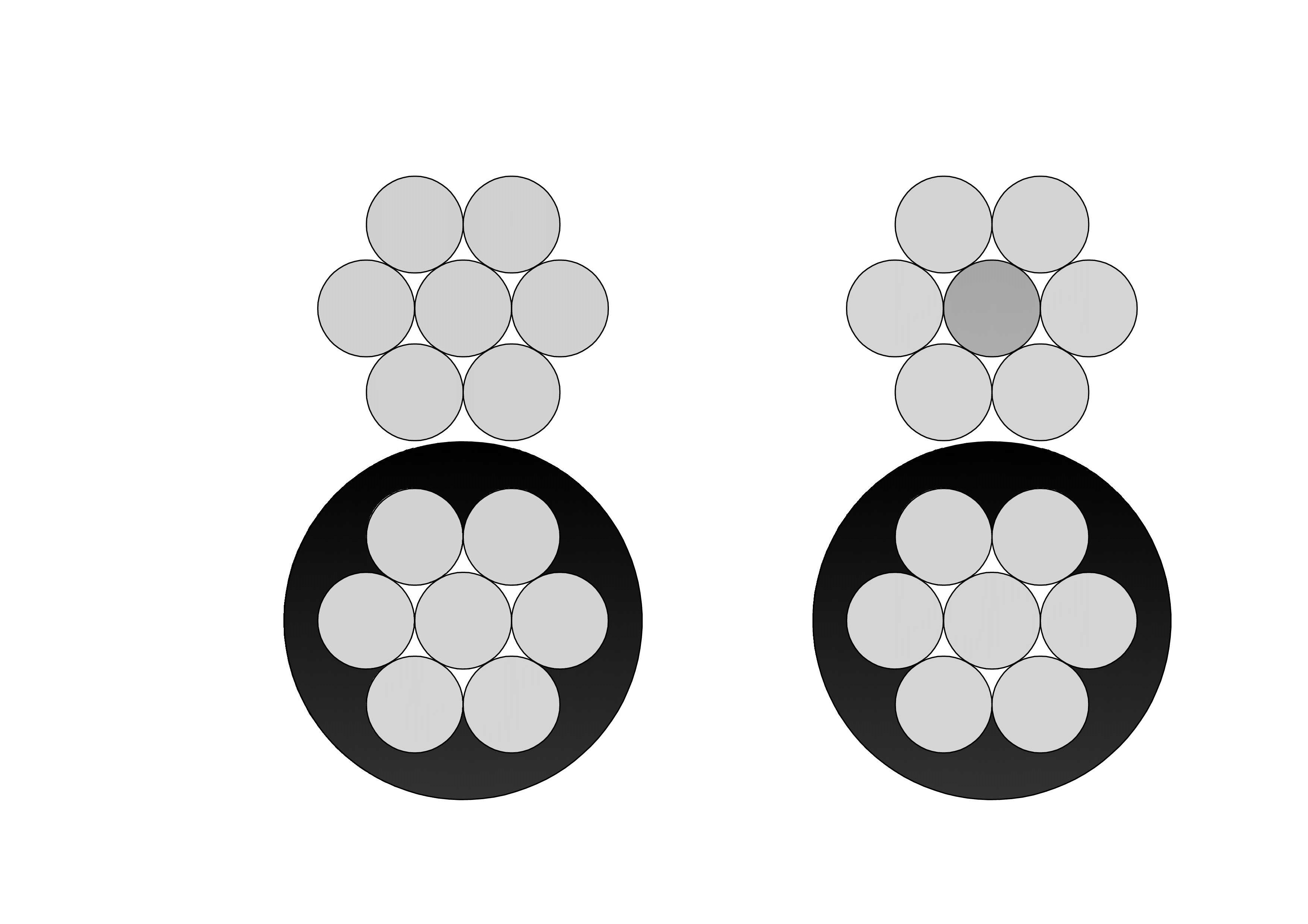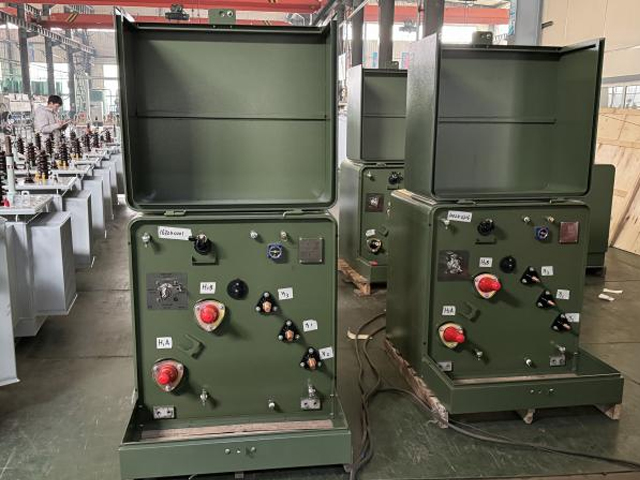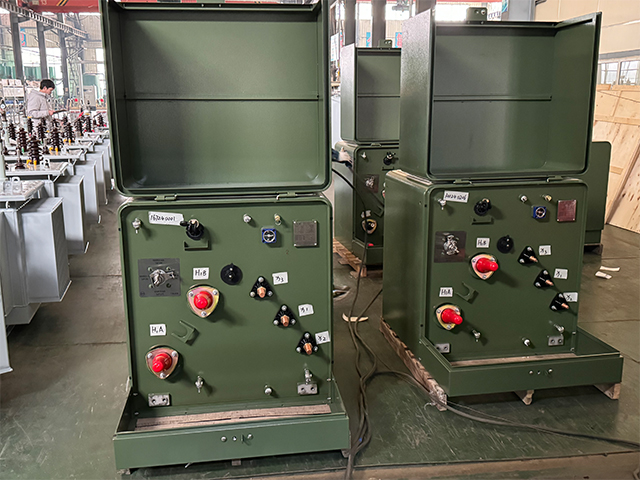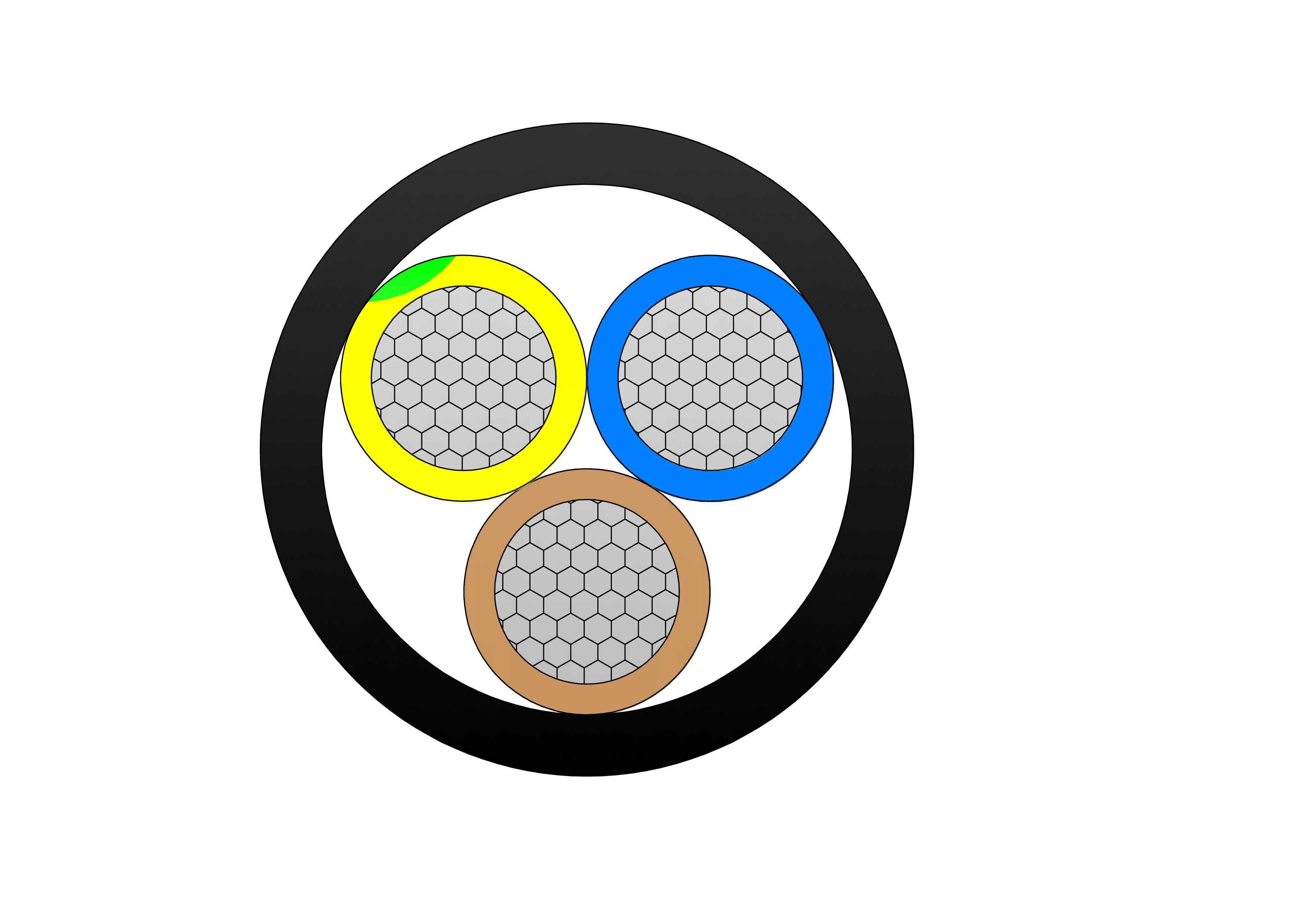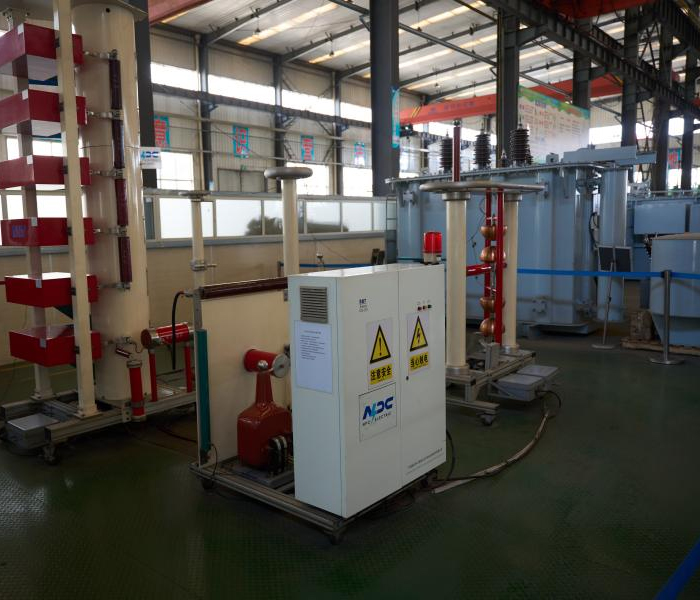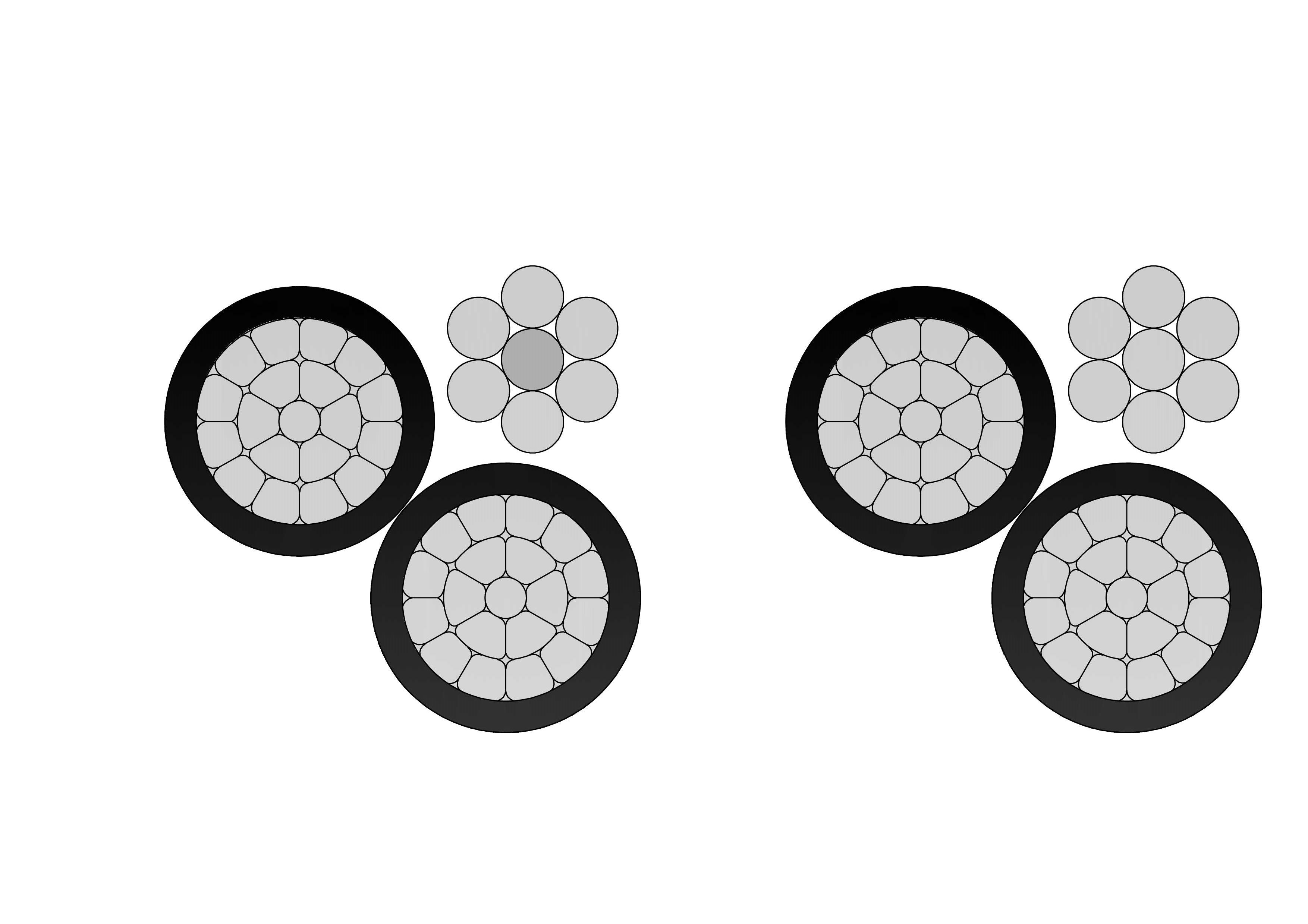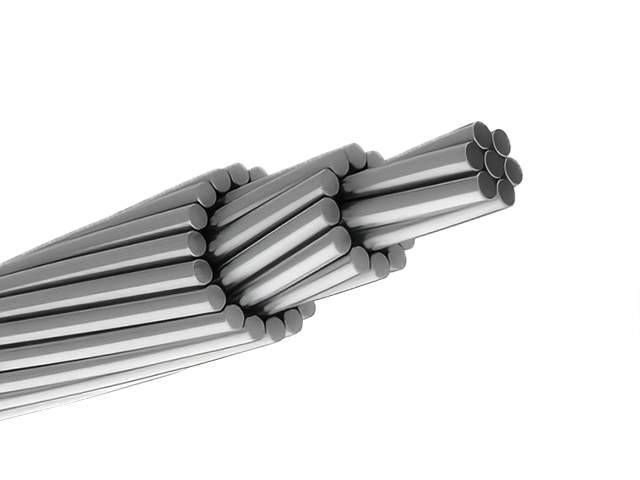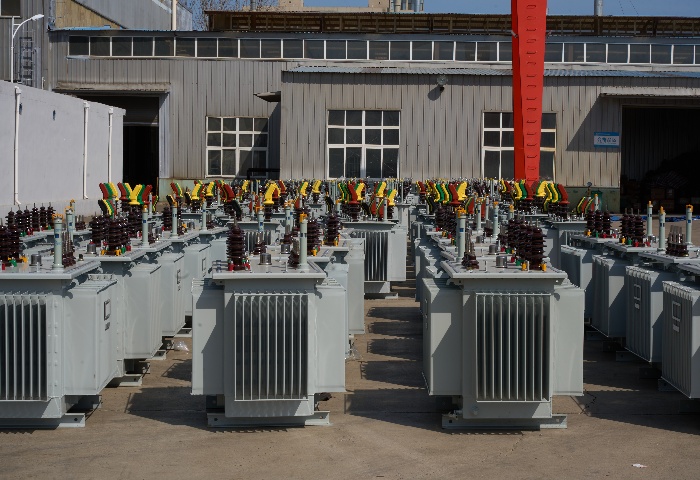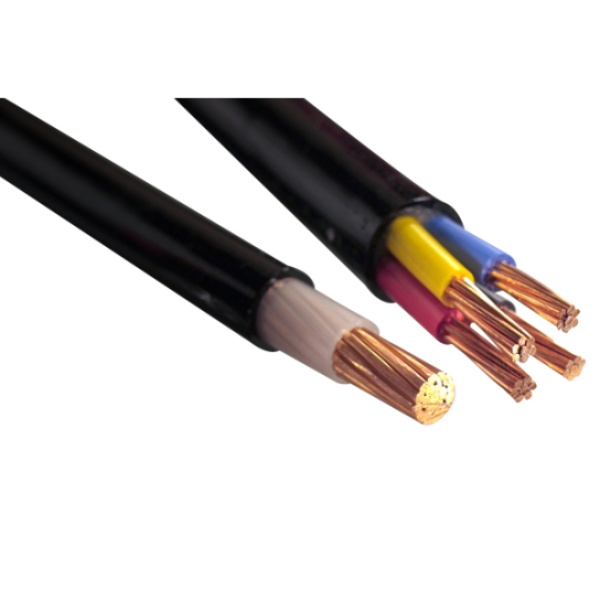Substation Virtualization: The Future of Grid Control
Substation virtualization is the future of grid control. The energy industry is rapidly evolving to meet the demands of smarter, more responsive infrastructure, and virtualization offers a scalable and cost-effective solution.
Substation virtualization refers to the process of replacing traditional physical hardware in substations, such as protection relays, automation devices, and control panels, with virtual machines running on shared computing platforms. These virtual devices can be hosted in data centers, at the edge, or even in hybrid environments, allowing for greater adaptability in managing the flow of electricity across distributed energy resources (DERs) and other modern grid assets.
Why Substation Virtualization Matters
Modern power systems face a wave of new challenges:
- The rapid growth of renewable energy and DERs
- The need for real-time control and monitoring
- Increased demand for cybersecurity and resilience
- Aging infrastructure and rising maintenance costs
Traditional substation architectures rely heavily on proprietary hardware and fixed physical wiring. These systems are costly to scale, difficult to update, and slow to adapt. In contrast, virtual substations transformers leverage software-defined infrastructure, enabling greater agility and automation.
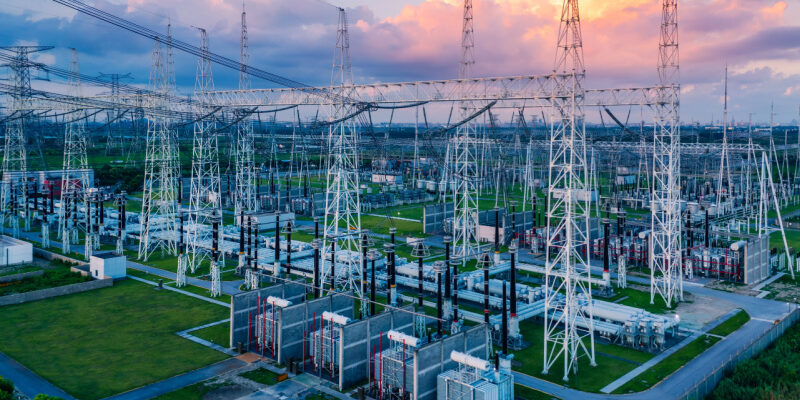
Core Benefits of Virtual Substations
1. Operational Flexibility and Scalability
With virtualization, utilities can deploy and manage multiple control functions—such as protection, automation, and monitoring—on a single platform. This dramatically reduces the need for physical hardware while enabling rapid reconfiguration of systems as grid conditions change.
- Add or update control functions without hardware changes
- Allocate computing resources based on real-time grid needs
- Deploy identical configurations across multiple sites with ease
2. Improved Resilience and Uptime
By hosting critical applications in data centers or through edge computing, virtual substations ensure high availability and fault tolerance. Redundant systems can be configured for seamless failover, minimizing service interruptions.
- Automation and control redundancy across regions
- Virtual machines can be backed up and restored quickly
- Enhanced disaster recovery capabilities
3. Cost and Space Efficiency
Utilities can consolidate hardware using virtual machines, reducing physical space, wiring, and maintenance. This is particularly advantageous in urban or constrained environments.
- Reduced hardware footprint
- Lower installation and maintenance costs
- Improved asset utilization
4. Cybersecurity and Standardization
Virtualization supports secure, standardized environments that are easier to manage and update. Virtual machines can be patched remotely and monitored for vulnerabilities without interrupting physical operations.
- Centralized control systems for better visibility
- Segmentation of operational networks for added security
- Consistent application of updates and patches
Architecture: How It Works
Substation virtualization involves the decoupling of hardware from software applications, enabling virtual machines to run multiple automation and control functions such as:
- Protection relays
- SCADA/HMI interfaces
- Fault recording and disturbance analysis
- Communications and gateway management
These applications can be hosted on:
- Centralized data centers for broad oversight
- Edge computing devices for ultra-low latency response
- Hybrid platforms for balancing performance and resilience
Role in Distributed Energy and the Smart Grid
As distributed energy resources like solar panels, wind turbines, and energy storage become more prevalent, the grid must evolve into a decentralized, responsive system. Substation virtualization enables utilities to:
- Integrate DERs with minimal infrastructure changes
- React to fluctuations in supply and demand in real time
- Automate voltage and frequency regulation
- Facilitate demand response and load balancing
Virtual substations also allow for advanced analytics and predictive maintenance by aggregating and processing large volumes of data from across the grid.
Use Case Example: Virtual Protection Scheme
In a traditional setup, each feeder or line would have its own dedicated protection relay. With virtualization, multiple protection schemes are consolidated into one computing environment:
- Shared CPU resources between protection applications
- Virtual networking for simulated communications
- Real-time decision making without physical relay interconnections
Challenges and Considerations
Despite its many benefits, virtualization does introduce new challenges:
- Latency and bandwidth requirements for real-time control
- Ensuring deterministic behavior in software-based protection
- Regulatory and standardization hurdles
- Cybersecurity and access management
However, advances in virtualization platforms, real-time operating systems, and edge computing hardware are rapidly addressing these concerns.
In the Future, Substation virtualization is poised to become a foundational component of the smart grid. In the next decade, we can expect:
- Widespread adoption in new substation builds
- Retrofitting of existing substations with hybrid architectures
- Cloud-based analytics integrated with edge-based control
- Standardized virtualization platforms from industry consortia
As virtual substations become the norm, utilities will gain unprecedented agility in meeting energy demands, integrating renewables, and maintaining system reliability.
As energy demand surges, extreme weather intensifies, and sustainable development goals tighten, power companies are facing pressure to modernize. A key area of transformation is the transition to virtualized substations - a leap beyond traditional digitization.

